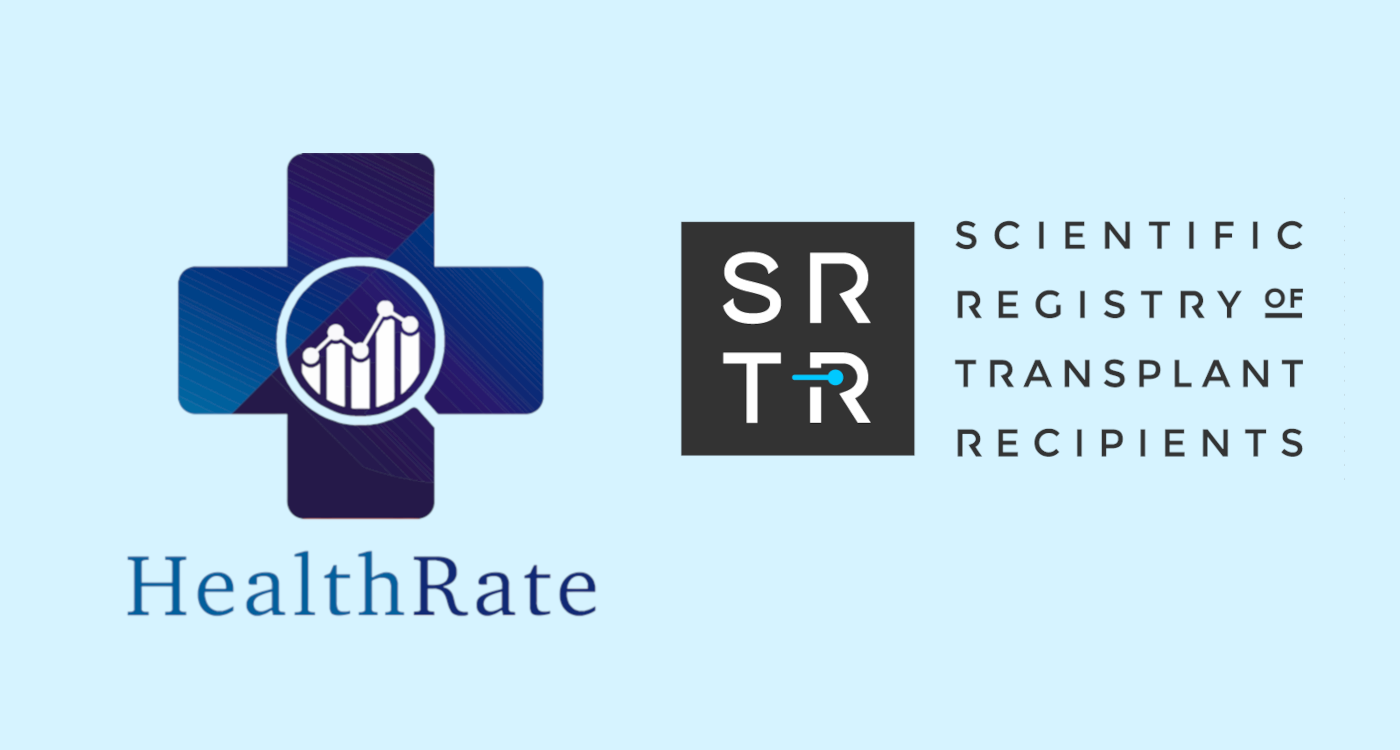
The increasing cost of healthcare is creating serious financial risks for businesses across the board.
High-cost claims, especially those related to transplants, oncology treatments, and advanced therapies like gene and cell therapy, are becoming more frequent and expensive. Claims that once seemed rare, such as those exceeding $1 million, are now common, with $2 million+ claims on the rise. In fact, the Society of Actuaries reported that the number of $1 million+ claims nearly tripled between 2014 and 2020, and the trend is continuing into 2024.

One of the biggest challenges facing employers is the unpredictability of these costs. A single high-cost claim can wreak havoc on a company’s financial health, leading to higher insurance premiums, cash flow issues, and increased healthcare spending. For example, in 2024, U.S. employers are expected to see a 5.4% increase in healthcare spending, largely driven by rising claims costs. Stop-loss premiums, which protect businesses from catastrophic claims, are also rising, further straining budgets.
In addition to rising costs, the variability in pricing across the healthcare system complicates the issue. The cost of the same procedure can differ widely, even within the same hospital system. For instance, the price of a kidney transplant might vary by as much as 30-40% depending on the provider or the network in use. This lack of transparency leaves businesses struggling to predict and manage their healthcare expenses, making it difficult to plan for long-term financial stability.
To mitigate these risks, companies need to adopt strategies that protect their bottom line while ensuring employees have access to quality care. Here are a few key approaches that can help:
- Stop-Loss Insurance:
One of the most effective ways to manage the financial risks of high-cost claims is by having adequate stop-loss insurance in place. Stop-loss insurance provides a safeguard by reimbursing employers when a claim exceeds a certain threshold. With high-cost claims becoming more frequent, stop-loss insurance is essential for protecting cash flow and ensuring financial stability. - Data-Driven Insights:
Leveraging technology and data is crucial in managing healthcare costs. Tools like HealthRate provide businesses with the data-driven insights needed to assess the true cost of high-cost claims. HealthRate analyzes real-world healthcare contracts and pricing information, allowing employers to gain clarity on what they’re paying and whether it’s reasonable. For example, one case involving a bone marrow transplant led to savings of $1.2 million simply through correct network evaluation, without changing providers. These insights help companies make more informed decisions about their healthcare spending. - Provider Negotiation:
While better negotiation with providers is important, it can often be a complicated and cumbersome process for employers or payers to manage on their own. Leveraging the negotiating power of carve-out or specialty networks can be a more effective strategy. By adding these contracts to your toolbox, you can tap into the buying power of specialized networks that negotiate on your behalf, securing better rates for high-cost claims like transplants and oncology treatments. This approach not only simplifies the negotiation process but also ensures access to more cost-effective care without sacrificing quality. - Preventative Healthcare:
Reducing the likelihood of high-cost claims through preventative healthcare measures can also help mitigate financial risk. Encouraging employees to participate in wellness programs, offering health screenings, and promoting healthy lifestyles can decrease the incidence of chronic diseases that often lead to expensive treatments. While prevention can’t eliminate all high-cost claims, it can significantly reduce the overall risk of these expenses.
Pricing transparency is another critical factor in managing the financial risk of high-cost claims. Today’s healthcare system lacks the transparency needed to understand and predict costs. For example, two patients undergoing the same procedure at the same hospital may receive bills with drastically different amounts, depending on factors that are unclear to the employer, or even payer. This lack of transparency not only increases costs but also makes it challenging for businesses to budget effectively.
Platforms like HealthRate are tackling this issue head-on. By providing real-time pricing transparency and contract analysis, HealthRate helps businesses understand the true cost of high-cost claims and ensures they’re paying reasonable prices for services. This kind of transparency is essential for reducing financial risk and maintaining control over healthcare spending.
If your business is looking for ways to manage these risks and bring transparency to your healthcare spending, HealthRate offers the tools and insights you need. Contact us today to learn more about how we can help you navigate these challenges with confidence.
Manage Your Risks Effectively
Try HealthRate today and simplify risk management.





